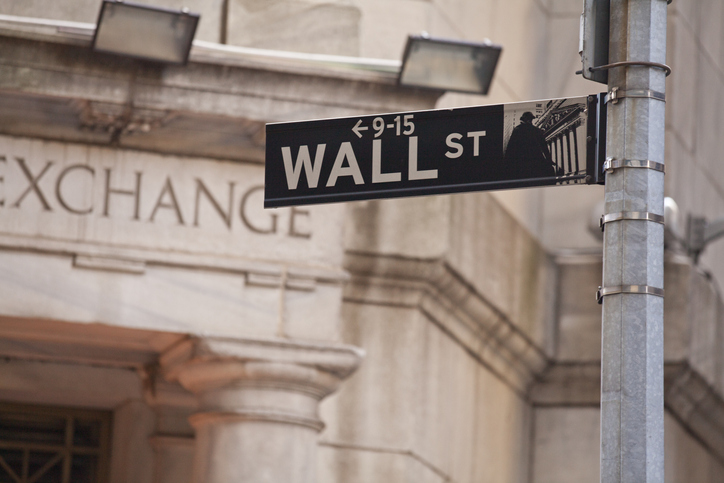Throughout the country, many buildings and iconic landmarks were built using the labor of enslaved people. The physical legacy of slavery can still be seen in the U.S. Capitol and the White House. The residences of former presidents, including George Washington’s Mount Vernon and James Madison’s Montpelier, and universities were built by slave labor. South Carolina’s Fort Sumter, where the Civil War began in 1861, and the Castillo de San Marcos in St. Augustine, Florida, are other landmarks that were constructed with slave labor.
“I wake up every morning in a house that was built by slaves.”
It’s been over 400 years since the first 20 enslaved people were brought to America. This was highlighted by former First Lady Michelle Obama in 2016. She said, “I wake up every morning in a house that was built by slaves.” She was talking about the White House. The first African American first lady delivered this speech at the Democratic National Convention in Philadelphia.
Two of Washington, DC’s most well-known landmarks, the White House and the United States Capitol, were built in large part by enslaved African Americans. The National Archives holdings include wage rolls, promissory notes, and vouchers that document the work done by enslaved people on these two historic structures.
United States landmarks built by enslaved Black people.
According to the National Archives, enslaved people helped build the White House. The records have over 120 names of people listed as “Negro hire” who worked with white workers from the United States and Europe. Unfortunately, the record also states that the slave owners rather than the slaves were paid for their work. Building the White House took eight years to finish, with work beginning in 1792.
Business Insider reported that after its completion, presidents continued to use enslaved people to maintain the household. Additionally, seven presidents even brought their own enslaved people, including Thomas Jefferson, James Madison, Andrew Jackson, and Zachary Taylor.
As we continue to celebrate Black history, take a look at some of the buildings designed and built by Black people.

